Parapsychology is a field of research that studies a number of ostensible paranormal phenomena, including telepathy, precognition, clairvoyance, psychokinesis, near-death experiences, reincarnation, and apparitional experiences.
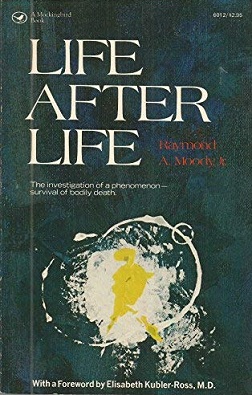
Life After Life is a 1975 book written by psychiatrist Raymond Moody. It is a report on a qualitative study in which Moody interviewed 150 people who had undergone near-death experiences (NDEs). The book presents the author's composite account of what it is like to die, supplemented with individual accounts. On the basis of his collection of cases, Moody identified a common set of elements in NDEs:
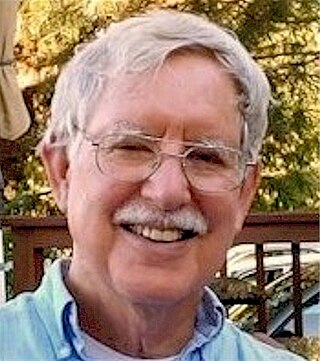
Kenneth Ring is an American psychologist, born in San Francisco, California. He is the co-founder and past president of the International Association for Near-Death Studies (IANDS) and is the founding editor of the Journal of Near-Death Studies. He currently lives in Kentfield, California.
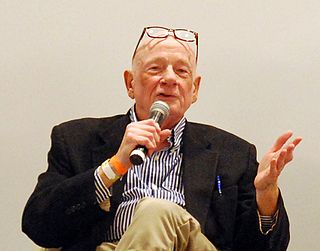
Raymond A. Moody Jr. is an American philosopher, psychiatrist, physician and author, most widely known for his books about afterlife and near-death experiences (NDE), a term that he coined in 1975 in his best-selling book Life After Life. His research explores personal accounts of subjective phenomena encountered in near-death experiences, particularly those of people who have apparently died but been resuscitated. He has widely published his views on what he terms near-death-experience psychology.
Betty (Jean) Eadie is a prominent American author of several books on near-death experiences (NDEs). Her best-known book is the No. 1 New York Times bestselling book Embraced by the Light, (1992) describing her near-death experience. It was followed by The Awakening Heart (1996), which was also a best-seller. The Ripple Effect (1999) and Embraced by the Light: Prayers and Devotions for Daily Living (2001) were both published independently.
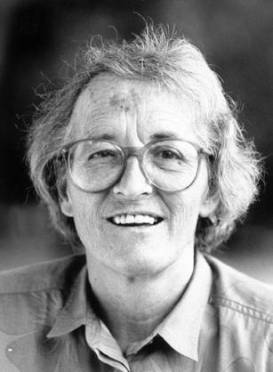
Elisabeth Kübler-Ross was a Swiss-American psychiatrist, a pioneer in near-death studies, and author of the internationally best-selling book, On Death and Dying (1969), where she first discussed her theory of the five stages of grief, also known as the "Kübler-Ross model".
The Journal of Near-Death Studies is a quarterly peer-reviewed academic journal devoted to the field of near-death studies. It is published by the International Association for Near-Death Studies.
Near-death studies is a field of psychology and psychiatry that studies the physiology, phenomenology and after-effects of the near-death experience (NDE). The field was originally associated with a distinct group of North American researchers that followed up on the initial work of Raymond Moody, and who later established the International Association for Near-Death Studies (IANDS) and the Journal of Near-Death Studies. Since then the field has expanded, and now includes contributions from a wide range of researchers and commentators worldwide. Research on near-death experiences is mainly limited to the disciplines of medicine, psychology and psychiatry.
Charles Bruce Greyson is Professor Emeritus of Psychiatry and Neurobehavioral Sciences at the University of Virginia. He is author of After: A Doctor Explores What Near-Death Experiences Reveal about Life and Beyond (2021), co-author of Irreducible Mind (2007) and co-editor of The Handbook of Near-Death Experiences (2009). Greyson has written many journal articles, and has given media interviews, on the subject of near death experiences.
Pam Reynolds Lowery, from Atlanta, Georgia, was an American singer-songwriter. In 1991, at the age of 35, she stated that she had a near-death experience (NDE) during a brain operation performed by Robert F. Spetzler at the Barrow Neurological Institute in Phoenix, Arizona. Reynolds was under close medical monitoring during the entire operation. During part of the operation she had no brain-wave activity and no blood flowing in her brain, which rendered her clinically dead. She claimed to have made several observations during the procedure which later medical personnel reported to be accurate.
A near-death experience (NDE) is a profound personal experience associated with death or impending death which researchers describe as having similar characteristics. When positive, which the great majority are, such experiences may encompass a variety of sensations including detachment from the body, feelings of levitation, total serenity, security, warmth, the experience of absolute dissolution, and the presence of a light. When negative, such experiences may include sensations of anguish, distress, a void, devastation, vast emptiness, seeing hellish places and "the devil."
Eben Alexander III is an American neurosurgeon and author. His book Proof of Heaven: A Neurosurgeon's Journey into the Afterlife (2012) describes his near-death experience that happened in 2008 under medically-induced coma when treated for meningitis. He asserts that the coma resulted in brain death, that consciousness is not only a product of the brain and that this permits access to an afterlife.
Peter Brooke Cadogan Fenwick is a neuropsychiatrist and neurophysiologist who is known for his studies of epilepsy and end-of-life phenomena.
Sam Parnia is a British associate professor of Medicine at the NYU Langone Medical Center where he is also director of research into cardiopulmonary resuscitation. In the United Kingdom, he is director of the Human Consciousness Project at the University of Southampton. Parnia is known for his work on near-death experiences and cardiopulmonary resuscitation.

Deathbed phenomena refers to a range of experiences reported by people who are dying. There are many examples of deathbed phenomena in both non-fiction and fictional literature, which suggests that these occurrences have been noted by cultures around the world for centuries, although scientific study of them is relatively recent. In scientific literature such experiences have been referred to as death-related sensory experiences (DRSE). Dying patients have reported to staff working in hospices they have experienced comforting visions.
The Baháʼí Faith affirms the existence of life after death while not defining everything about it. The soul on death is said to recognize the value of its deeds and begin a new phase of a conscious relationship with God though negative experiences are possible.
Paul Perry is the co-author of several New York Times bestsellers, including Evidence of the Afterlife, Closer to the Light, Transformed by the Light, and Saved by the Light which was made into a popular movie by Fox. His books have been published in more than 30 languages around the world and cover a wide variety of subjects from near-death experiences to biographies of authors Ken Kesey and Hunter S. Thompson.
Jeffrey Long is an American author and researcher into the phenomenon of near-death experiences (NDEs). A physician by training, Long practices radiation oncology at a hospital in Louisiana. Long is the author of Evidence of the Afterlife: The Science of Near-Death Experiences, which appeared on The New York Times Best Seller list. In 1998, he founded the Near Death Experience Research Foundation, which is concerned with documenting and researching NDEs.
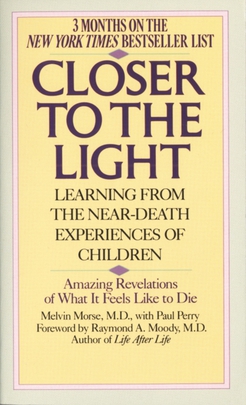
Closer to the Light: Learning from the Near-Death Experiences of Children is a 1991 nonfiction book written by Melvin L. Morse and Paul Perry with foreword written by Raymond Moody. The book documented the near-death experiences (NDEs) of 26 children and became a New York Times bestseller.
The Human Consciousness Project is a professional organization, located at the University of Southampton, set up to study the nature of consciousness, the human brain and clinical death. The project is multidisciplinary and involves scientists and physicians worldwide. Sam Parnia serves as director of the project.





